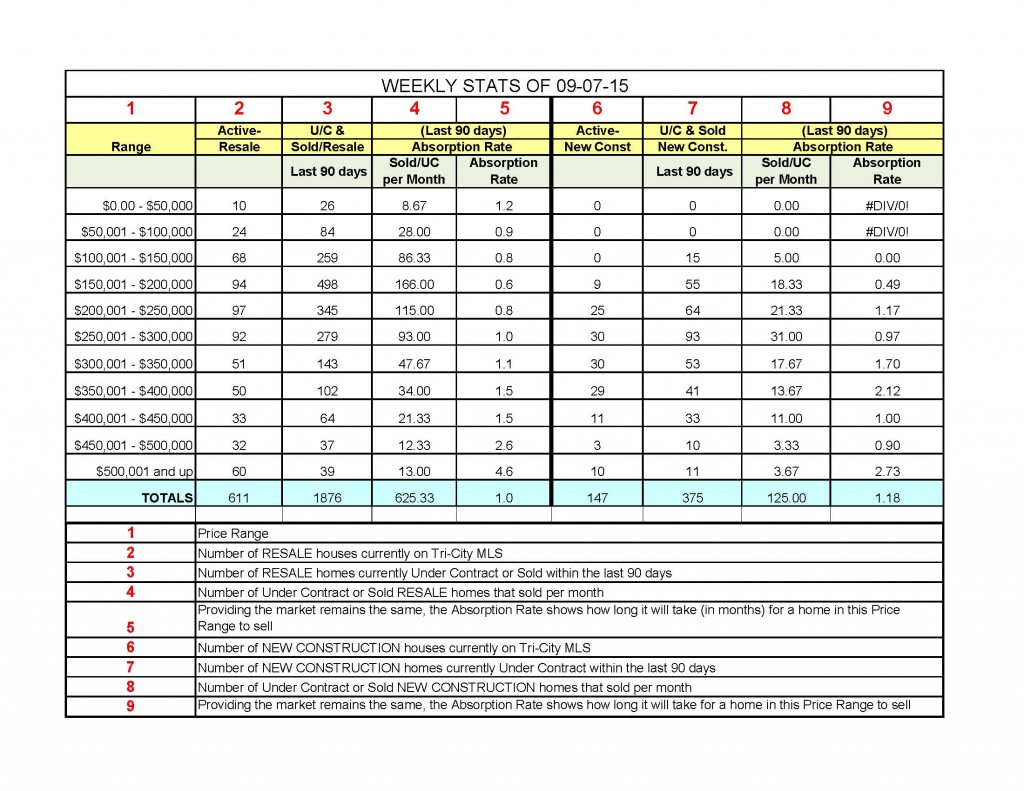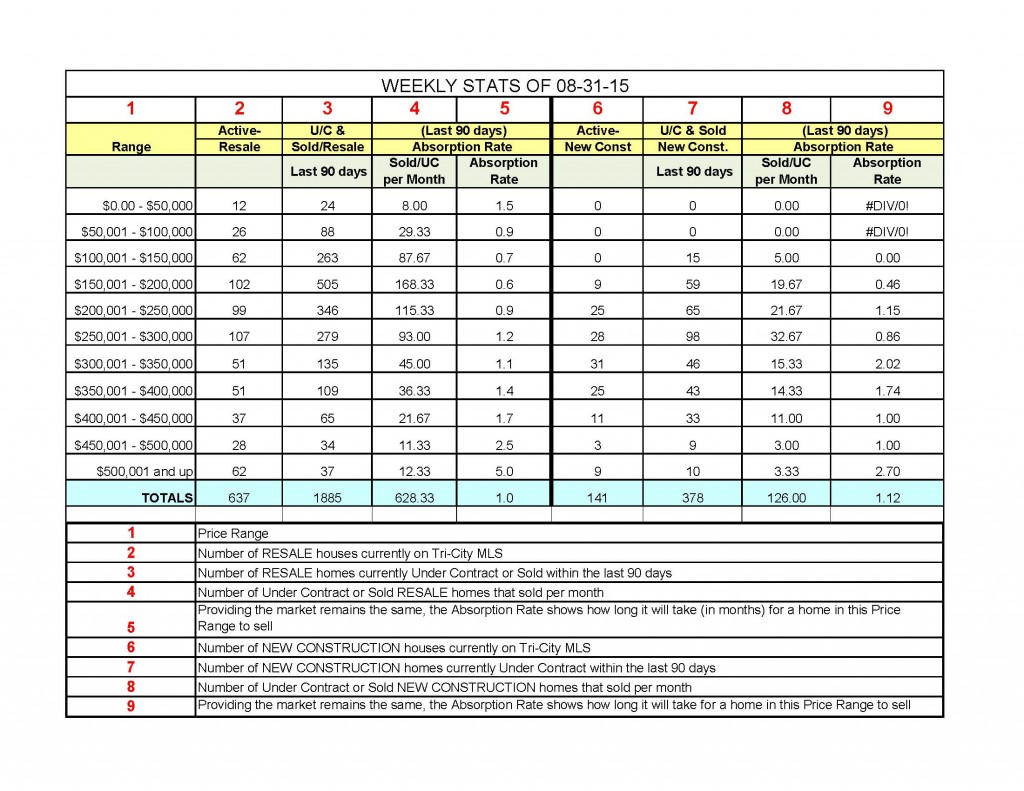The telecommuting population is growing: Some 30 million people work from home at least once a week, and that number is expected to increase by 63 percent in the next five years, according to a study by the
Telework Research Network. At least 3 million Americans never step foot in an office outside their home.
But as our tools shrink in size, the “home office” concept is changing. Laptops can be as small as 10 inches and weigh just 2 1/2 pounds. Monitors have become shallower. And some traditional office equipment — such as copy and fax machines and large file cabinets — has receded into the background.
Once they’ve found the right space, help clients personalize it with this checklist of essentials for working productively. You may also want to suggest a professional organizer or designer or an online resource such as The True Cost Guide:
- Work surface. How clients prefer to work will help determine the size of a work surface. If they like to spread out papers, a longer, wider area may be best. Many furnishings now have specialized designs to accommodate and organize wires and accessories, as well as designated spots for charging stations, says Dave Jacobs with BDI, a high-end entertainment and office manufacturer. Within the work area, Norris suggests setting up activity centers according to how often equipment is used. “If you use your printer every day, place it within easy reach. If it’s once a week or less, get it out of the way to make room for things used daily,” she says. It may help to think of the desk surface as a runway where papers take off and land, some sooner than others. Most of all, prioritize usefulness over aesthetics, she says.
- Seating. Consider height, back support, armrests, and mobility for comfort and productivity. Some may want a second chair to stretch out in, read, or unwind, maybe with a footrest.
- Lighting. Natural light is best but not always available, which is why adequate artificial light is so important. The activity (working on a computer versus reading a book), time of day, and user’s eyesight will dictate how much is needed, says Joe Rey-Barreau, director of education for the American Lighting Association. He favors efficient, long-lasting LEDs, a dimmer switch to control levels, and careful placement to cut glare.
- Outlets. The more power the better, but it’s also important to consider the varied height
s at which they’re needed. Also have extra power strips that can accommodate multiprong plugs. And advise buyers to be sure the home’s wiring is up to code and all outlets are grounded, especially for computers and external hard drives.
- Storage. The paperless office is still an idealized state for many who rely on hard copies. “Most people don’t have adequate filing drawers for work and personal needs,” Norris says. But even the biggest fans of paper should have backup storage for computer files. While the cloud is popular, clients might consider an extra backup via external hard drive.
- Odds and ends. All the little extras that companies stock in a supply room should be kept on hand to avoid mad dashes to the store. Tell clients to be sure they store supplies neatly, too, or they’ll waste time trying to locate essentials. Retailers like The Container Store have carved out a niche with an array of options to make organizing work-from-home space more fun.
A challenge for potential buyers is visualizing where they’ll set up shop when walking through a listing, since many homes don’t have dedicated office space. And even when an area looks promising, it may not prove ideal once parents or kids start their work, so flexibility is paramount.
Debbie Bolduc, owner of BizzBuzz Marketing Partners in Laconia, N.H., thought she had found the perfect private office — part of her detached garage. But she discovered it was inconvenient not having a bathroom or running water at hand. “I carried my computer back and forth at the end of the day, power supply cable and all,” she says. In winter, she gingerly negotiated icy steps with a coffee cup in hand. She eventually moved her office into her college-bound son’s vacated bedroom, which had a treasured feature beyond indoor plumbing proximity — a door. “Family members still pop in to chat, but I close the door to indicate when I’m not to be interrupted,” she says.
You can help buyers who work from home decide if a layout offers adequate possibilities based on the size of the work surface they envision, the seating needs, and storage systems, says former real estate sales associate Vicki Norris, founder of the professional organizing firm Restoring Order, based in Portland, Ore. But also advise them that finding the right space is less about square footage and more about how they like to hunker down, she says. “Even if the home has a basement that might work, not everyone wants to — or will — head down and use it,” she says. And where they situate an office may not be where they end up doing most of their work, says designer Marianne Cusato, author of The Just Right Home (Workman, 2015). “It often turns out to be two different places — one for keeping equipment and supplies and another where you do most of your actual work, spread out papers, or read and write in my case,” says Cusato.
Ask potential buyers these questions when they have a home-based work area on their wish list:
1. Do you need a private, dedicated space? If work requires quiet or confidentiality, they may want a door and location away from the main activity hub of the home. See if there’s an extra bedroom, which is what Corrie Shanahan did when she started her organizational effectiveness and leadership consulting practice, The Beara Group LLC, from her Washington, D.C. home. “I’m most productive when I can focus on the task at hand. I also wanted to keep confidential, sensitive files in locked file cabinets,” she says. Other possibilities include converting an attic or basement, depending on condition and costs. Either space may require better ventilation, lighting, insulation, flooring, and walls. A basement may also require significant waterproofing.
2. Can you share? With more couples working from home, finding available space for two can be challenging. Ebony Grimsley-Vaz, owner of a digital marketing and public relations company, and husband Ron Vaz, a photographer, decided to convert one of their Tampa, Fla., home’s three bedrooms into a shared office so they could keep the other extra bedroom for frequent guests. They set up small desks in opposite corners, found space for printers, and placed a futon in the center for sitting or taking a break. They also installed an outlet in their screened porch as a secondary workspace.
3. Do you prefer having others around? Working from home can feel isolating, and some get their adrenalin going by being smack in the center of activity. They can block out noise and remain focused without jumping into every conversation. In such a case, a corner of a family room, kitchen, dining room, or large hallway may work, as long as there’s enough space for all the necessary paraphernalia.
4. Is your bedroom a possibility? Modern bedrooms often are large enough to locate a desk, bookshelves, and other essentials. For children, this location may be more effective than for parents, who want to get away from work at night. To help kids, watch how they work rather than interviewing them, Norris says. “If they prefer being nomadic, offer them multiple places in the house,” she says.
But the right student workstation depends a great deal on age. For young children, it may mean a big table for crafts, projects, and experiments. Also, make sure there’s enough room for a child and parent to work together, as well as a place to keep supplies, says Norris. “Children should learn from an early age about keeping order and putting things away,” she says. When they get older, their work area will function more like an adult’s, with the need for document storage and a computer station. At any age, experts recommend turning off screens at least an hour before going to bed to give the brain a chance to unwind.
5. Do you need multiple options? While it’s best to have a designated headquarters as central command, some prefer more choices. Social worker and therapist Melissa McCool moved her office into her Encinitas, Calif., home after 14 years because it was more convenient for family life. Her husband designed a small office between the living and dining room, but she’s found she prefers to start work at the kitchen table before anyone else rises. Then, after the children are off to school, she and the family dog shift to her bedroom. “I know you’re not supposed to do that, but I find that I’ve been productive this way,” she says. Cusato recently moved into a new apartment in Indianapolis with an extra bedroom that became her official office. But she’s found she works mostly at the dining room table. “It’s a more comfortable, nicer room. If I’m writing, all I need is my computer and immediate stack of papers,” she says.
6. Do you have a back-up choice in case the first one doesn’t work? Buyers who aren’t ready to commit to a space may need a home that offers a few usable areas, so they can figure out what works best in practice. And a perk of working from home is workers don’t have to consult the boss to make that change. Author Jill Vanderwood, in Salt Lake City, moved her workspace from the family basement to the kitchen at her husband’s urging. But she became frustrated. “The TV was in the same room, the family was in and out, and I was so distracted that I wasn’t getting my work done. The kitchen chair also was uncomfortable, and having my papers all around didn’t allow room for the family to eat,” she says. She moved her office back to the quiet, roomier basement.
7. Do you want to be able to write this space off your taxes? You can help work-from-home clients mitigate the cost of upgrading their space by reminding them of the IRS’s rules for a home-office deduction, which applies if their main place of business is used exclusively for work, says Cynthia Turoski, a certified financial planner and public accountant with Bonadio Wealth Advisors in Albany, N.Y. “You can’t play video games at the desk and deduct it,” she says. This might also take the kitchen island off the table, so to speak. If this is an interest for them, suggest that they consult a tax professional.
“Copyright NATIONAL ASSOCIATION OF REALTORS®. Reprinted with permission”



